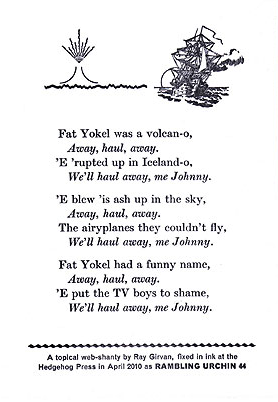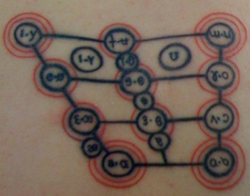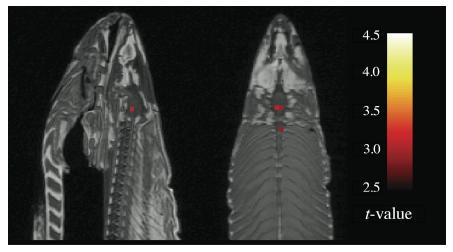The Linguists receives an Emmy® nomination
 The documentary film The Linguists has just received an Emmy® nomination for "Outstanding Science and Technology Programming". The press release can be found ; for those of you who would like a downloadable keepsake, the relevant nomination can be found on p. 25 of the PDF and Word versions of the press release.
The documentary film The Linguists has just received an Emmy® nomination for "Outstanding Science and Technology Programming". The press release can be found ; for those of you who would like a downloadable keepsake, the relevant nomination can be found on p. 25 of the PDF and Word versions of the press release.
In related (and even more awesome) news, the stars of The Linguists — K. David Harrison and Greg Anderson — are also featured members of the Nat Geo E-Team on the National Geographic Kids website. You can spot their cartoon likenesses in the full image fairly quickly: they're the only ones who are talking. But there they are on the right for those who just want a quick peek.




